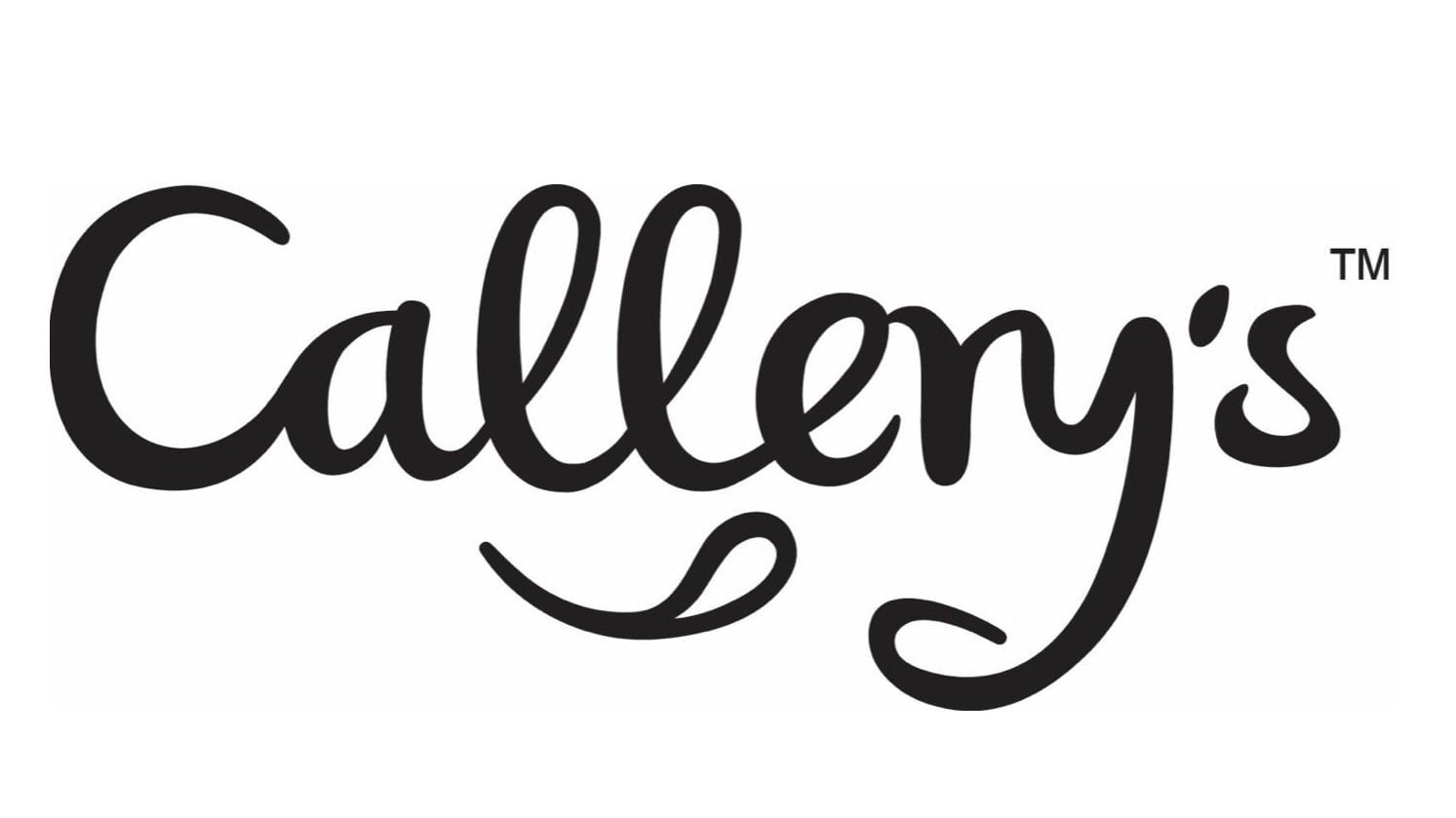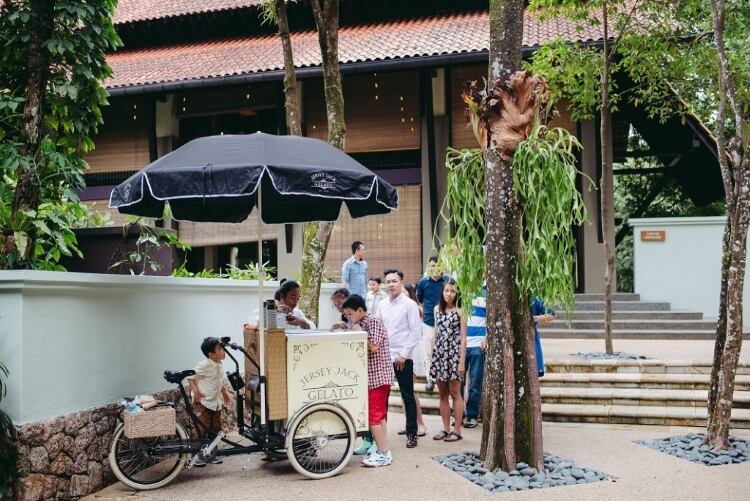“Our ice creams are very low in calories, sugar and total fat content. For example comparatively, the entire tub of our Vanilla Bean ice cream has lower calories than a double cheeseburger,” said Ow Yau Png, Co-Founder and CEO of Hoow Foods, the company behind Callery’s to FoodNavigator-Asia.
“[Importantly], despite such “ideal” nutritional content for a dessert, it still tastes as good as regular ice cream.”
To maintain the high quality taste of the Callery’s ice creams, Ow added that one of the key components is the use of the natural sweetener erythritol.
Erythritol is approved as an additive by the Agri-Food and Veterinary Authority (AVA) of Singapore. Its most well-known counterpart, stevia, is not.
“Erythritol tastes almost exactly like sugar and leaves no bitter or strange aftertastes unlike other artificial sweeteners such as aspartame, acesulfame-K and glycosides such as those in Stevia,” explained Ow.
“It is also ignored by oral bacteria, and therefore does not contribute to tooth cavities.”
Importantly, the natural sweetener also has close to no calorie content, as it is not metabolised by the body. What this means is that it will not affect blood glucose and insulin levels, factors that play a major role in chronic diseases such as diabetes.
“[We] have chosen this sweetener to provide a pleasant sweetness […] without any of the negative effects of sugar. [Some] studies have even suggested that it may be able to reduce the rise in blood glucose after a meal,” added Ow.
The other main player behind Hoow Foods’ reformulation strategy is the use of its proprietary Regenesys platform.
This is essentially a scientific approach that the company uses to reformulate products, using Matrix Analysis, Intelligent Sourcing and Experimental Design to guide towards the formulation of a Target Product Profile.
For example, with a specific calorie content or mouthfeel target in mind, the platform can help to identify ingredient options and combinations to use in the revised formulation, based on scientific data and analysis.
“The Regensys platform enables the rapid creation of new formulations […] that can be further improved through machine learning and artificial intelligence.
“[It can create] healthier versions of foods whilst retaining or improving the original tastes and textures.”
A focus on premium is also very important to Callery’s, as reflected by its ingredients: Its vanilla beans are from Indonesia; strawberries from France and chocolate from Belgium.
Filling a gap in the market
The team behind Hoow Foods demonstrates a strong science background, coming from either pharma or engineering. Ow said that their move from this area to the F&B industry came after noting of the rise of chronic metabolic diseases in the region, and feeling they could do something here.
“Looking for alternatives of healthy yet tasty foods is surprisingly difficult,” he said.
“[After] creating several versions of our first few low-calorie ice creams for personal consumption, it naturally dawned upon us that this was the gap that we were going to fulfil. And so we started refining our tech platform and initiated the business.”
Education and novelty still major challenges
Ow added that awareness about how food science can significantly contribute in the area of health and nutrition is one of the major challenges the team has faced thus far.
“Education on food science and nutrition is still key and the majority of the SG market are still pretty much biased towards unhealthy and indulgent foods,” he said.
“Being the first low-calorie ice cream brand in Asia and SG is a double-edge sword as well – people are still very new to this concept and only after they had tried it, would they believe in its goodness.”
“We believe that as awareness of diabetes and obesity increases (in line with the SG government’s rhetoric as well), […] that presents a huge opportunity for us to work with the government bodies as well as fitness associates to spread the healthy eating awareness.”
Moving forward
The team has plans to apply the use of the Regenesys platform to the reformulation of other types of food products in the future.
“Our R&D team is currently working on healthier formulations for baked goods, instant coffee and staples. We envision that most of our future products would be created based on 2 simple underlying principles: it must be significantly healthier and tastes good!” Ow added.
Callery’s formally launched in Singapore in August last year, but has its eyes on Southeast Asia and China moving forward.
“Our targeted demographic are the health-conscious people, which is basically everyone,” said Ow.
“We feel that Callery’s Ice Cream has achieved the pinnacle of what many products yearn to have – low in what has to be reduced like calories, sugar and fats; and rank high in taste and indulgence.
“Almost everyone wants to eat healthy while still indulging at the same time. With our products, we definitely can give them the best of both worlds. We are certainly not [just] in line with current trends - we set them!”
When asked whether or not Callery’s could potentially surpass big brand ice cream names like Haagen Daz, Ow responded: “Yes, why not? Such products have already done it in America like Halo Top. However realistically, it would take time and it would not happen in the near future for the Singapore market at least.”
“For now, we see ourselves as a perfect alternative to full dairy, premium ice creams.”




